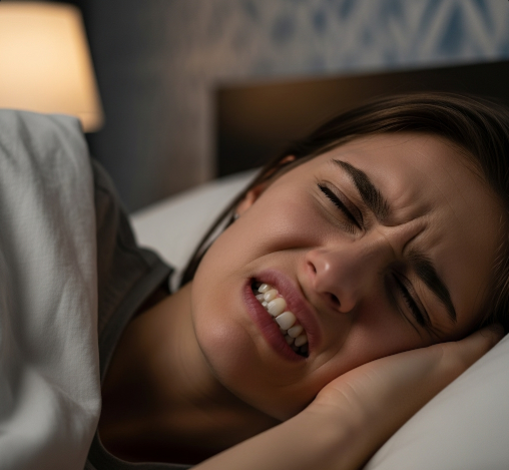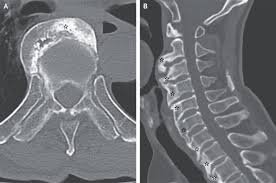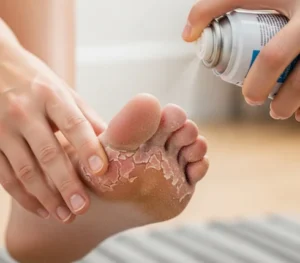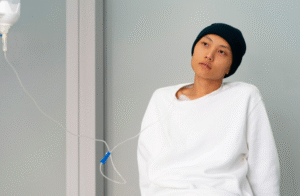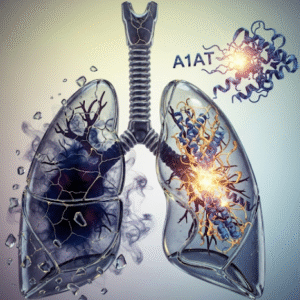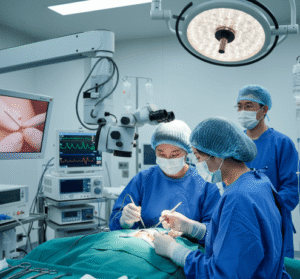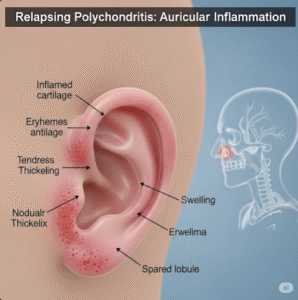Overview
Teeth grinding, medically known as bruxism, is a condition in which individuals involuntarily clench, grind, or gnash their teeth, often during sleep or periods of stress. Chronic bruxism can lead to tooth damage, jaw pain, headaches, and temporomandibular joint (TMJ) disorders. In South Korea, advanced dental clinics and sleep medicine centers offer comprehensive evaluation, treatment, and preventive strategies for bruxism. Through a combination of dental care, behavioral therapy, and modern technology, patients can manage symptoms effectively and prevent long-term complications.
What is Teeth Grinding (Bruxism)?
Bruxism is a repetitive jaw-muscle activity characterized by clenching or grinding of the teeth. It can occur in two main forms:
- Sleep bruxism: Occurs during sleep, often unnoticed by the individual, but may be reported by partners due to noise
- Awake bruxism: Occurs during the day, typically associated with stress, concentration, or anxiety
Bruxism may be classified by severity, frequency, and associated dental or muscular complications. In South Korea, dentists and sleep specialists collaborate to identify the type and underlying cause of bruxism for personalized treatment plans.
Symptoms
Symptoms of teeth grinding may be subtle at first but can progress to more severe manifestations:
- Tooth wear, fractures, or chipping
- Jaw pain or tenderness, particularly in the masseter and temporalis muscles
- Headaches, especially in the temples, upon waking
- Ear pain or a sensation of fullness in the ears
- Temporomandibular joint (TMJ) dysfunction, including clicking or locking
- Sleep disturbances or poor sleep quality
- Facial muscle fatigue or soreness
Early recognition of symptoms is crucial, as untreated bruxism can lead to irreversible dental damage and chronic pain.
Causes
Bruxism can be triggered by multiple factors, often involving a combination of physiological, psychological, and lifestyle elements:
- Stress and anxiety: High levels of stress can lead to involuntary clenching or grinding
- Malocclusion: Misaligned teeth or an improper bite can exacerbate bruxism
- Sleep disorders: Conditions such as sleep apnea or snoring may increase the risk of sleep bruxism
- Medications: Certain antidepressants and stimulants can contribute to teeth grinding
- Lifestyle factors: Excessive caffeine, alcohol, or nicotine use can exacerbate symptoms
- Neurological conditions: Rarely, disorders like Parkinson’s disease can contribute to bruxism
South Korean dental clinics use a comprehensive evaluation, including patient history, clinical examination, and sleep studies if necessary, to determine the root cause.
Risk Factors
Risk factors for developing bruxism include:
- High levels of psychological stress or anxiety
- Poor sleep quality or sleep disorders
- Family history of bruxism, suggesting a genetic component
- Dental misalignment or missing teeth
- Lifestyle habits such as chewing gum excessively or nail-biting
- Certain medications that affect the central nervous system
Identifying and addressing risk factors is a key component of bruxism management in South Korea.
Complications
Untreated teeth grinding can lead to a range of dental, muscular, and systemic complications:
- Tooth wear, enamel erosion, and increased risk of fractures
- Temporomandibular joint (TMJ) disorders with chronic pain and reduced mobility
- Headaches and migraines due to jaw muscle strain
- Tooth sensitivity or loss due to excessive wear
- Difficulty chewing or discomfort during eating
- Sleep disturbances affecting overall health and well-being
- Psychological distress related to chronic pain and sleep disruption
Prompt intervention in Korean dental clinics can prevent long-term complications and improve quality of life.
Prevention
Preventive measures focus on reducing triggers and protecting dental structures:
- Stress management: Meditation, yoga, or counseling to alleviate anxiety
- Proper sleep hygiene: Establishing regular sleep schedules and a calming bedtime routine
- Avoiding stimulants: Limiting caffeine, alcohol, and nicotine consumption
- Dental protection: Using custom-fitted night guards or splints to protect teeth during sleep
- Behavioral strategies: Awareness and conscious relaxation of the jaw during the day
- Regular dental check-ups: Early detection of tooth wear or jaw strain
Korean dental clinics emphasize patient education and personalized preventive strategies for long-term bruxism management.
Treatment Options in Korea
Treatment for teeth grinding in South Korea is multidisciplinary, addressing both the symptoms and underlying causes:
Diagnosis:
- Clinical examination to assess tooth wear, jaw alignment, and TMJ function
- Sleep studies for suspected sleep bruxism
- Patient history and questionnaires to identify stress or behavioral triggers
Medical and Dental Treatments:
- Occlusal splints or night guards: Custom-fitted devices worn during sleep to protect teeth and reduce jaw strain
- Dental correction: Orthodontic treatment or bite adjustment for malocclusion-related bruxism
- Medications: Muscle relaxants, anti-inflammatory drugs, or stress-reducing medications if appropriate
- Botulinum toxin (Botox) injections: Used in severe cases to relax jaw muscles and reduce grinding
Behavioral and Supportive Care:
- Stress reduction programs and psychological counseling
- Physical therapy to relieve jaw muscle tension
- Biofeedback techniques to increase awareness and control of jaw clenching
South Korean clinics integrate dental care, behavioral therapy, and technological interventions to provide comprehensive and effective management for patients with bruxism.

